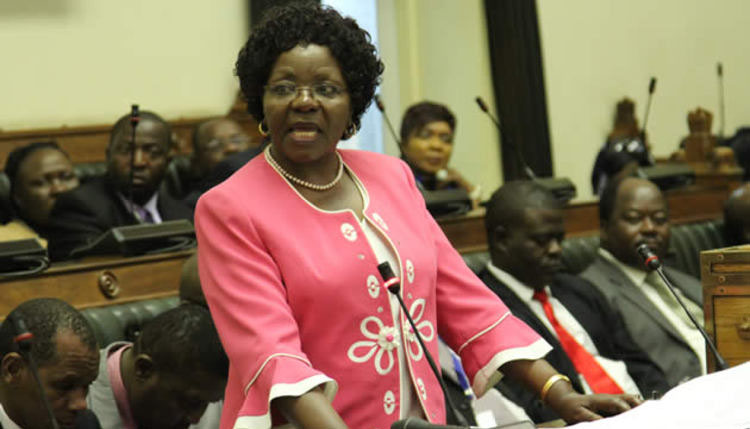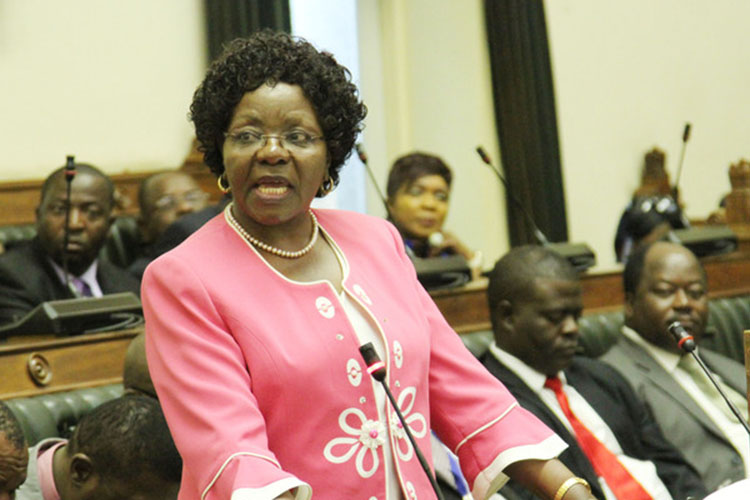
The Sunday Mail

Livingstone Marufu and Munashe Matambo
ZIMBABWEAN women remain financially excluded amid revelations the Women’s Development Fund (WDF) received a mere $2,5 million in the last eight years for empowerment projects.
Official data shows that over the last eight years, loans to women – who make about 52 percent of the population – constituted only 10 percent of total bank lending.
Financial experts say women were being held back by low literacy levels, lack of acceptable collateral and inadequate information in terms of access to banking products, among other factors.
Women and Youth Affairs Minister Sithembiso Nyoni told the Parliament Portfolio Committee on Women’s Affairs that the ministry is seeking support from the Government to bolster the women’s fund.
“The Women’s Development Fund was established in 2010 after Government’s realisation that women continued to be excluded from participating in the mainstream economy due to deeply embedded traditional beliefs that their place was still in the kitchen.
“Women could not establish their own business ventures as they would not afford conditions for start-up capital. As a result, banks would not avail loans to women as them.
“Since 2010, only $2,55 million was disbursed towards the WDF and the figures are as follows. In 2010, $1 million was disbursed, nothing was disbursed in 2011 then in 2012 another $1 million was disbursed and in 2013, only $0,350 million was disbursed.
“There was nothing between 2014 and 2016 and then in 2017, only $0,2 million was disbursed. Unfortunately, most of this money was not paid back,” said Minister Nyoni.
The minister said in the few cases where women could provide the required collateral, interest rates charged by banks were exorbitant, thereby prohibiting the growth and expansion of the businesses established.
Rural communities remain the most excluded as there are few banks or micro-credit suppliers in most of the remote rural locations.
However, Minister Moyo told the Government that her ministry has come up with efficient corrective measures to be implemented should the suspension of the funds be reviewed.
She said there are future plans to improve repayments of loans taken by women, among many other interventions.
Other corrective measures to be deployed to make the WDF more effective include recommendations for 75 percent of the fund to go towards purchasing equipment while only 25 percent will be given in cash as working capital.
The ministry will also monitor and evaluate the projects.
Minister Nyoni said various key stakeholders will be involved.
These will include ministry officials, relevant line ministries and POSB staff to conduct pre-disbursement visits to assess the viability of projects before disbursement of funds.
Financial exclusion of women is, however, not peculiar to Zimbabwe.
According to World Bank 2014 Global Findex data, only 58 percent of women globally hold bank accounts, compared to 65 percent of men. In Sub-Saharan Africa, less than 30 percent of women have an account with a formal financial institution, and a paltry 15 percent of the female population was served by a financial institution in 2012.




